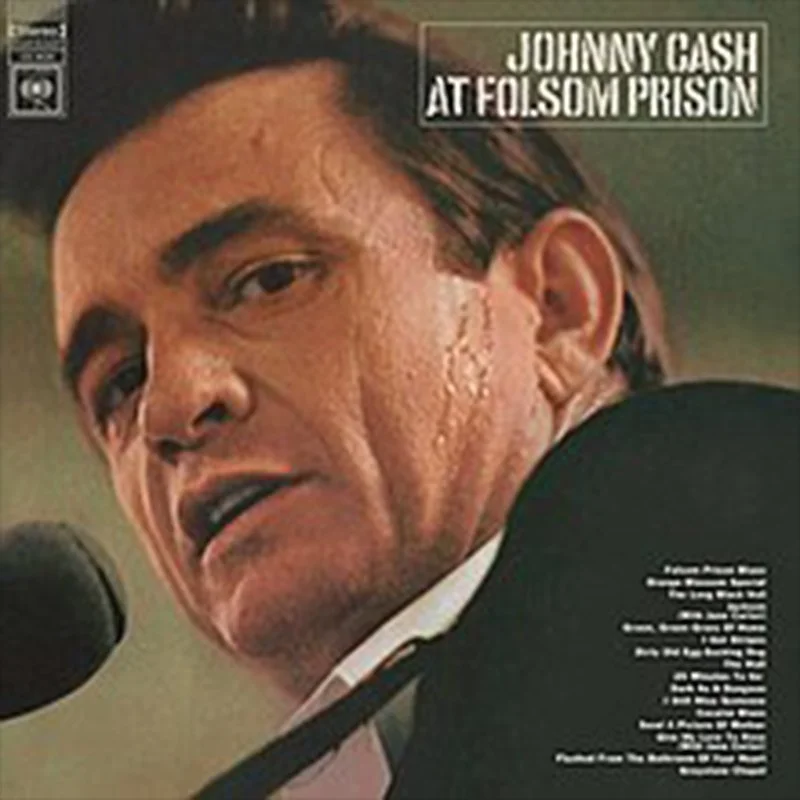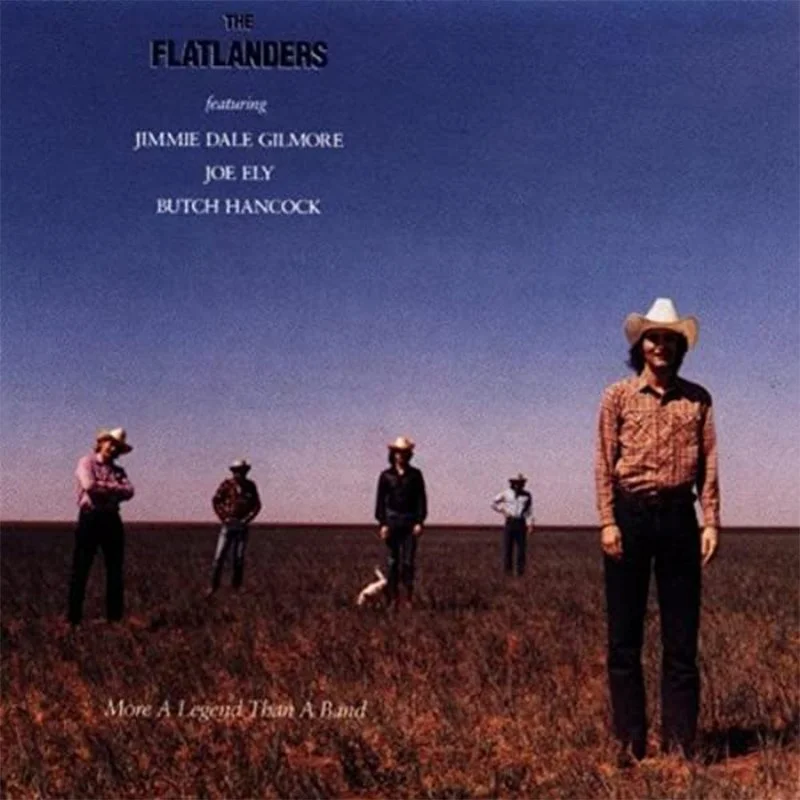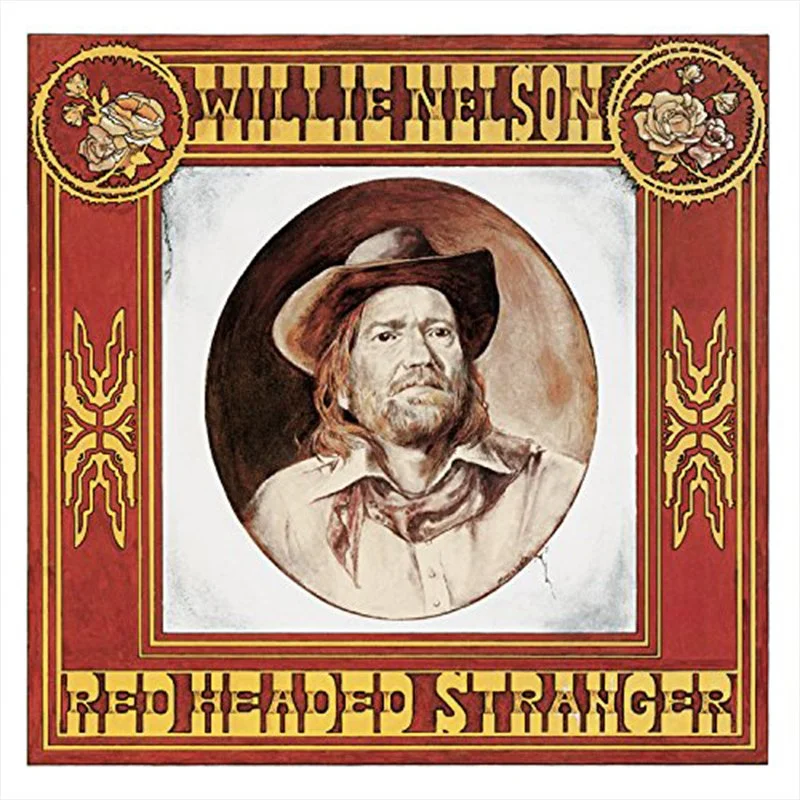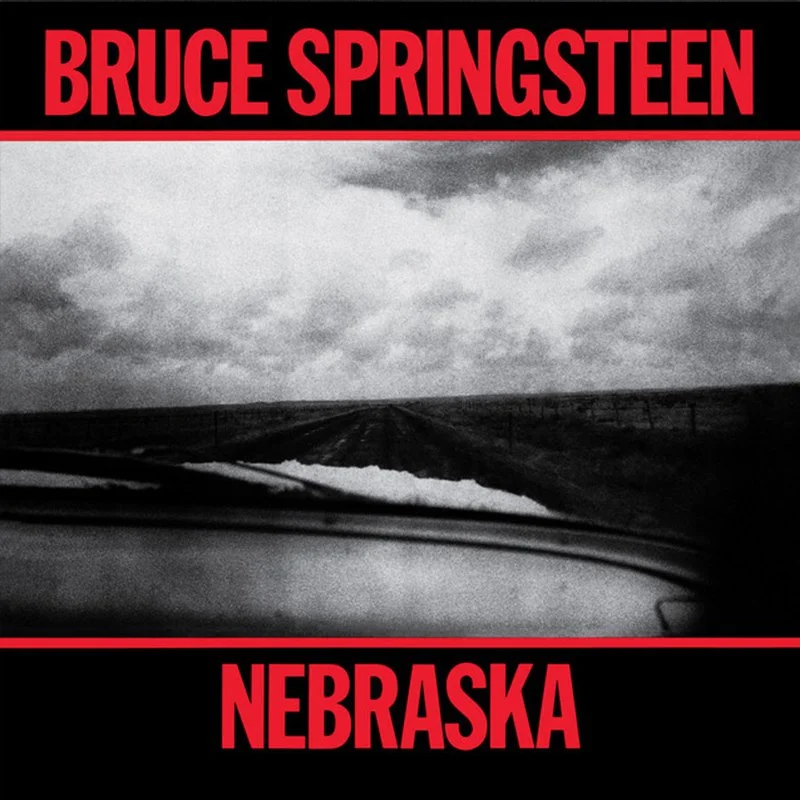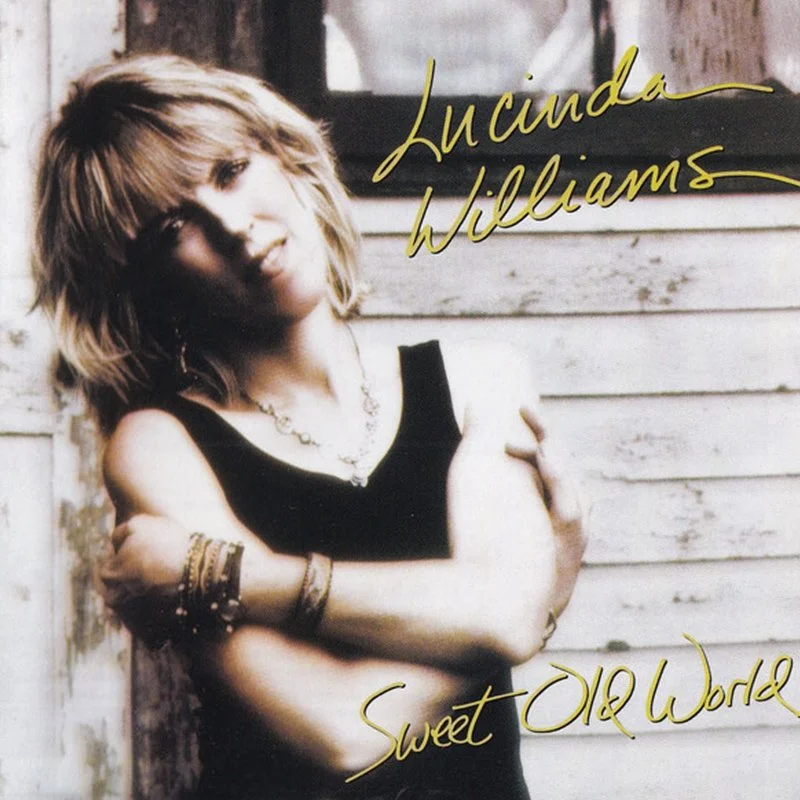Twelve Awesome Slices of Americana
In honor of the birthday of the nation, here is a playlist with highlights from my 12 favorite Americana albums.
Listen to the playlist on Spotify now:
Johnny Cash – At Folsom Prison (1968)
Country music with a rock and roll swagger. Cash was always a Nashville outlier, but he leaned more towards the mountains than the delta, so was never quite a part of the rock n’ roll explosion that included Sun labelmates Elvis Presley, Carl Perkins, and Jerry Lee Lewis. His late 60s television show crossed genres and generational divides with an impact felt to this day. Watching Metallica perform at San Quinten (where Cash recorded his follow-up to Folsom) is just an extension of the raw power of the bond between musician and audience that roars through the grooves of this album.
The Byrds – Sweetheart of the Rodeo (1968)
Trading in the Rickenbacker 12-string for a Gibson acoustic, Roger McGuinn took an unexpected left turn into traditional country music, losing a big chunk of his audience in the process. New band member Gram Parsons was the catalyst, a southerner who was well acquainted with the rock and roll heart that beat underneath the cowboy hats and flannel work shirts. An abject commercial failure, the impact over time of this album is almost impossible to measure. Without it, there would likely be no Americana, no Workingman’s Dead, no Eagles. But I won’t hold McGuinn and Parsons responsible for the last item.
The Flying Burrito Brothers – Gilded Palace of Sin (1969)
Parsons soon departed the Byrds to create his own band, this one working its way back as a country/rock hybrid, Nudie suits and all. Maybe a bit self-conscious, but “Sin City” is perhaps the first classic “Americana” song. Musically, straight-up country, but lyrically informed by Dylan and perhaps a dose of LSD in the Laurel Canyon sunshine. Parsons would eventually leave the band, issue a couple of classic solo albums before his untimely death in 1973. The godfather of Americana.
The Band – The Band (1969)
Dylan legitimized them, but they soon established their own unique musical identity. Eschewing all manner of contemporary styles and sonics, the Band embraced the sounds of mid-19th century American folk music while looking at the vast epic of America through Dylan’s lens and deciding there was much to celebrate that had been overlooked. In hindsight, the whole thing works because they find such joy in collective music-making, it delivers an infectious listen. Famously, Eric Clapton dissolved Cream after hearing The Band’s first album, took a plane to the east coast to ask if he could join, only to lose courage and turn around. If Gram Parsons was the prophet, the Band wrote the holy word and nearly founded a religion, though these hard living boys weren’t about to set foot in a church.
The Flatlanders More a Legend than a Band (1972/1990)
“Have you ever seen Dallas from a DC-9 at night?” Like-minded Texans, with old-time country and western music in their blood, but of a generation more concerned with Vietnam than the Civil War, Joe Ely, Butch Hancock, and Jimmie Dale Gilmore would eventually establish more successful careers, but this album briefly issued by a tiny label (on 8-track only!) that soon went out of business was finally issued to the broader world by Rounder Records in 1990. Released into the void, the album had no influence on anyone at the time, but it’s striking just how natural their version of Americana was compared to Parson’s conceptual strategies.
Willie Nelson – Red Headed Stranger (1975)
And then, there’s Willie. Nashville never quite accepted the man who wrote Patsy Cline’s theme song, “Crazy.” And Nelson never quite accepted the constrictions of Nashville’s country music industry. An outcast and an outlaw, he was first embraced by rock industry titans, signed for a while to Atlantic Records, then for a longer period to Columbia. Rock journalists then began to tout Nelson as “one of us,” in particular championing this album, a rarity in country music, a concept album (though both Johnny Cash and Ray Charles had done many “themed” albums, often about American culture and history). Its brevity contrasts sharply with such bloated rock albums as Tales from Topographic Oceans or The Lamb Lies Down on Broadway. But Nelson fully established a confident, individual identity here that has lasted for several decades. Also, Willie Nelson was the first music concert I ever attended (he was arrested backstage afterward – totally rock and roll!).
Bruce Springsteen – Nebraska (1982)
After finally cracking the pop top ten with “Hungry Heart,” expectations were high for the follow-up album that was bound to bring “the future of rock and roll” into the present. But that didn’t happen (until the next record). Instead, Springsteen recorded on a cassette machine in his kitchen and released an album full of stark ballads saturated with images and characters lifted from American writers like Steinbeck and Faulkner. Perhaps a stylistic left-turn, but there had been hints on previous albums and the intimacy and simplicity on display here would henceforth be a part of his own mythology, alongside the Jersey highways and the big man uptown.
Emmylou Harris – Angel Band (1987)
Emmylou is the godmother and sweetheart of Americana, and her collaborative partnership with Gram Parsons is foundation bedrock. She’s always brought fragile beauty to her harmonies with Dylan, Neil Young, Dolly Parton and Linda Ronstadt, and many others. She has impeccable taste, curating a new Americana classic songbook, rooted in history, challenging stereotypes, and always with an emotionally resonant core. This album of traditional country gospel recorded live in the studio (with a pre-fame Vince Gill) leaves behind any vestiges of rock and pop, and isn’t an accurate representation of her full body of work, but it establishes a mood and hangs on to it. I was tempted to swap it out for Live at the Ryman, a performance with similarly acoustic/bluegrass-based musicians, though with a set list that places Bill Monroe alongside John Fogerty and Bruce Springsteen. But I’ll stick with my original choice as it continues to have just a touch more personal resonance.
Lucinda Williams – Sweet Old World (1992)
A rough-grained counterpoint to Harris’s fragility. I find Lucinda Williams’s songwriting cut from a similar cloth as Chrissie Hynde’s, with the rock and roll swagger present even in the poignant balladry that both writers are capable of. This album precedes the critical darling that is Car Wheels on a Gravel Road, but it was the record that grabbed my ear and still holds its place as my personal favorite. Gurf Morlix is the musical secret weapon here, his playing neatly setting off her wry observations and deadpan delivery. Country music meant to be played LOUD.
Emmylou Harris – Wrecking Ball (1995)
As if she hadn’t already done enough to establish the validity of country music to rock audiences and to push against the constrictions of what was an acceptable song to Nashville pros, this collaboration with rock producer Daniel Lanois, fresh off his work with U2 and Peter Gabriel, established a whole new sonic palette, highlighting that the sound of “rock” had changed quite a bit since 1969, and injecting a healthy dose of experimentalism that would come to re-define Americana in the 21st century. She didn’t have to do this, and for much of her audience, this album was a puzzlement. But I loved it instantly and I hear its influence on so much music that has followed. Making tape loops and digital delays as valid as mandolins and pedal steel guitars.
Wilco Being There (1996)
Pretty sure Jeff Tweedy spent some time with Wrecking Ball. The second Wilco album makes a few tentative steps towards the pushing sonic boundaries, an inclination that would see full flower on 2001’s Yankee Hotel Foxtrot. But I’m a bit partial to this one; a little more naïve, a little less jaded, but still world weary and joyfully sad. Wilco is second generation Americana, raised as much on Gram Parsons as on the sources Parsons drew upon. I’m pretty sure Tweedy’s 8-track tape collection had some Rolling Stones and Led Zeppelin slotted in with the Johnny Cash and Gram Parsons. And now third generation Americanists reference Wilco. Will the circle be unbroken….
Gillian Welch – Time (The Revelator) (2001)
This album is also on my list of 25 major influences, so it certainly deserves a place on this list as well. A brilliant compendium of the mythological imagery that shaped and was born from Americana over the prior decades – “Johnny’s kicking out the footlights. You be Emmylou and I’ll be Gram.” Welch has the eye and scope of Shakespeare and Homer, a musical style that sits in between Emmylou Harris and Lucinda Williams, delicate without being fragile, knowing without being hardened. Some of the smartest music ever made in my humble opinion. I’d offer it up as “America.” More than Ray Charles singing “America the Beautiful,” more than Paul and Artie “come to look for America,” and certainly more that Toby Keith or whatever jingoistic version of America-first you want to posit. This album may be low-key, but I hear it as a celebration.
Listen to the playlist on Spotify now:

